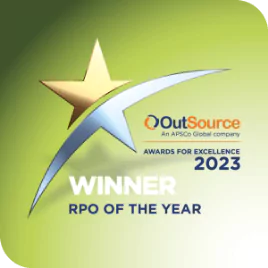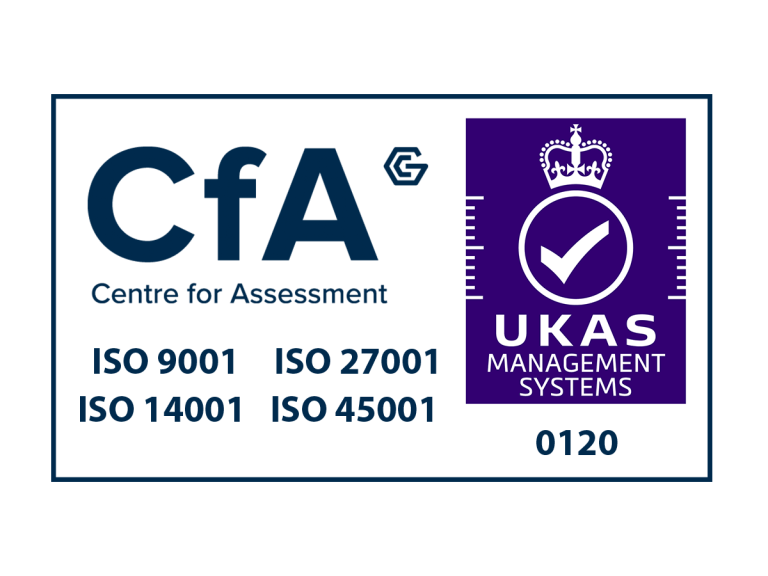Organisations are continuing to experience one of the tightest talent markets in history with skills shortages standing in the way of talent attraction. Now, shifting economic challenges are really affecting organisations when dealing with increasingly stubborn talent gaps as people seek a working world with a new set of priorities and expectations. Now is the time to broaden your talent pooling.
The UK is currently seeing the largest labour mismatch of skills in its history, with an increasing disparity between the talent needed to thrive in this current economic climate and the available skills in the marketplace. Recruitment demand is consistently outstripping supply, and employers are competing to recruit for the same roles from a much smaller pool.
Look to the horizon
Forward-thinking organisations are looking past the tight labour market to the other barriers preventing them from accessing the skills they need. A key issue is a lack of investment in equity, diversity and inclusion (ED&I) practices that could open the door to previously untapped talent pools. Untapped talent encapsulates those workers outside of the standard considerations put in place, either consciously or unconsciously, by organisations looking to fill a role.
A recent CIPD workforce event attended by Omni uncovered data on the age and sex breakdown of UK industries, revealing the extent to which certain demographics are imbalanced. Industries with an equal gender split include admin and support services, arts, entertainment and recreation, and accommodation and foodservice. The most significant gender disparities are seen in manufacturing, construction, transport, and information & communication, which show a significant male bias. On the flip side, female-dominated industries include health & social work and education.
While it stands to reason that the data displayed a lack of 16-19 year-olds working across all industries, it suggests employers could be doing more to develop apprenticeship schemes and on-the-job training for school and college leavers.
There are several steps organisations can take to broaden the appeal of their roles and, in doing so, create a valuable new talent pipeline. These include:
1. Revisiting job design
It’s standard practice for employers to refresh existing job descriptions by adding new skill and experience requirements. However, to reach a larger audience, it’s essential to re-evaluate job design and the output of a job description. This helps to remove any legacy requirements that are outdated and may exclude people from particular demographics. The focus should be on developing a limited list of key accountabilities, critical skills, experiences and attributes that directly align to the performance of the role and expected outputs. Consideration should be given to what skills can be taught vs what is an absolute must.
2. Identifying barriers to application
From a user experience perspective, organisations should analyse the application process from start to finish to determine whether barriers or stumbling blocks could prevent people from applying. For employers looking to attract from wider demographic groups, it’s crucial to remember that processes considered standard to those familiar with the industry could be alien or prohibitive for others. Simplify the process and prioritise skill and credential requirements at the front end while ensuring the criteria they are being measured against is clear. Initial assessments can be a good way to highlight required skills. However, it’s worth broadening the search to include channels not previously considered. For example, target talent may exclusively search for roles in person at their local Job centre.
3. Shifting the TA focus
In some organisations, talent acquisition and HR teams are measured on cost, which impacts the speed at which they hire. Consequently, the faster they hire, the less it costs the organisation. Skills shortages exacerbate this, with expenses mounting the longer it takes. As a result, untapped talent targeting, which requires additional investment and resources, can take a backseat. Instead, employers should change talent evaluation metrics, from speed to hire and cost reduction, to measure expected new employee productivity, retention, development rates, and career advancement.
4. Creating a welcoming environment
Initiatives designed to attract and engage new talent demographics will only be successful if the organisation is ready to welcome and integrate them. Perceptions of certain industries can act as a barrier. For example, construction is traditionally considered male-dominated, which can be off-putting for females interested in entering the field. To ensure a workplace is open to integrating new people, current employees must understand the business case (widening skills gaps) as well as the circumstances and concerns that these workers might have. Senior leaders and managers must champion and lead hiring and onboarding practices. This helps set an example for employees and reinforces the value the organisation places in the new workers. Mentors, ideally from the same demographic as new employees, can be invaluable in helping to welcome people to the team, acclimate them to the environment and provide advice and support from the outset.
Broadening your talent pooling
With skills gaps across all sectors set to continue widening, organisations must find ways to broaden their talent pipelines and foster inclusive cultures. To enable them to do this, Omni has created the Resourcing Effectiveness Assessment (REA).
The REA helps organisations gain valuable insights into where they are now and identify the necessary action required to attract and retain the talent they need now and in the future. The ultimate aim is to drive the improvements that ensure a resourcing practice is directly aligned to organisational success.
To learn more about how Omni’s REA can support your organisation, get in touch with one of our consultants today. Alternatively, complete our Free Two-Minute Self-Assessment to receive a free report that identifies your strengths and topline areas for development. Click here to start yours now.









